Inside Martin Garrix's amazing refurbished STMPD recording studios: “The initial plan was just to give it a fresh paint job. Then it got a little out of hand”
The Dutch DJ and producer has poured his heart into this jaw-dropping Amsterdam facility
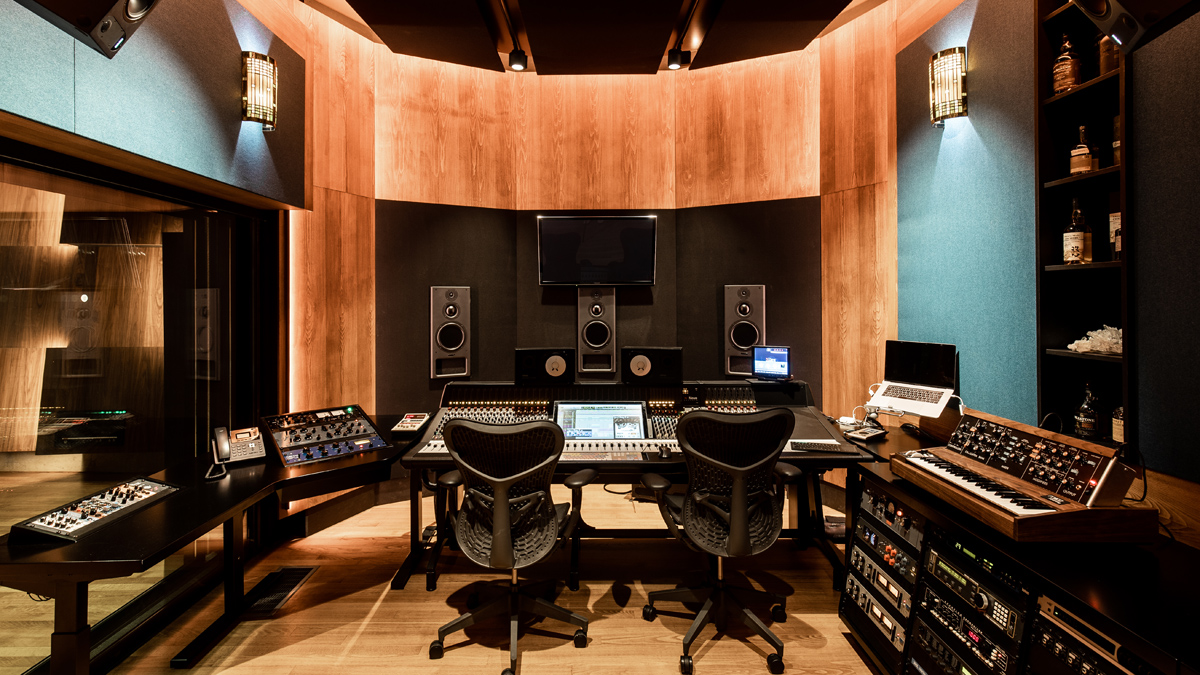
Martin Garrix might only be 24 years old, but he has already become one of the biggest producers and DJs in the world.
He started out with a huge solo hit, Animals, and has not looked back since, collaborating with the likes of Tiesto, Dua Lipa and Bebe Rexha, headlining festivals such as Coachella, Lollapalooza, Ultra Music Festival and Tomorrowland, starting his own record label, (STMPD RCRDS, pronounced 'Stamped records'), and winning countless awards the world over.
Most 24-year-olds with the rewards that kind of success brings would blow it all on fast cars and other excess. Not so Garrix. In what could be described as a shrewd business move - or indeed a bit of a risky venture, considering how some studios have been performing of late - he bought Amsterdam's FC Walvisch recording complex a couple of years ago, and has since converted it into STMPD recording studios, a suite of eight top-class rooms including one of only nine Dolby Atmos Premier Studio sound stages in existence. It is described as 'Amsterdam's most advanced recording studio', and surely one of the most lavish recording facilities in the world.
Here, we get an exclusive interview with Eelco Bakker, the senior sound designer at STMPD recording studios...
Can you tell us a little about the studio's history?
“STMPD used to be the FC Walvisch studio which was mainly a sound design facility and used for commercials, television and film. Back then those industries were very profitable and clients were very demanding. They paid the highest rates but they also wanted the weirdest sound design and the highest production values.
“That changed over the years and we started to attract international pop artists like RedOne, who was producing Lady Gaga. He was looking for a place to work in The Netherlands and liked it here and did a lot of work. After Lady Gaga came here, a lot of people were like 'hey, if it's good enough for them, it's good enough for me!'.
Get the MusicRadar Newsletter
Want all the hottest music and gear news, reviews, deals, features and more, direct to your inbox? Sign up here.
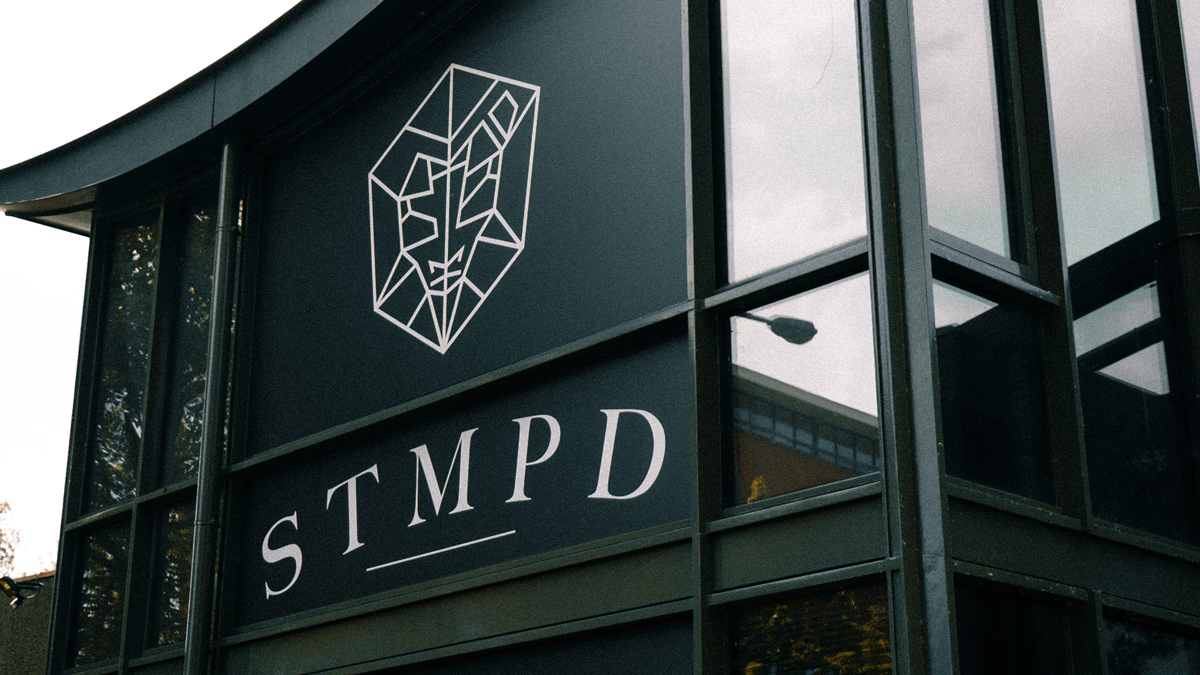
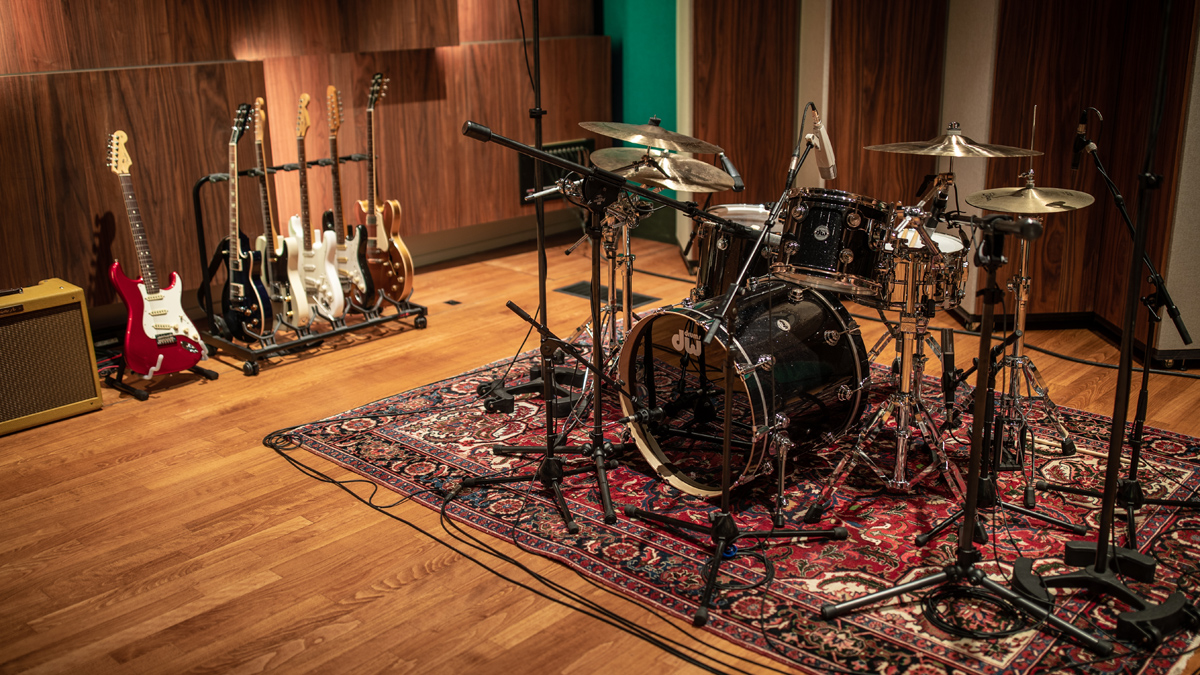
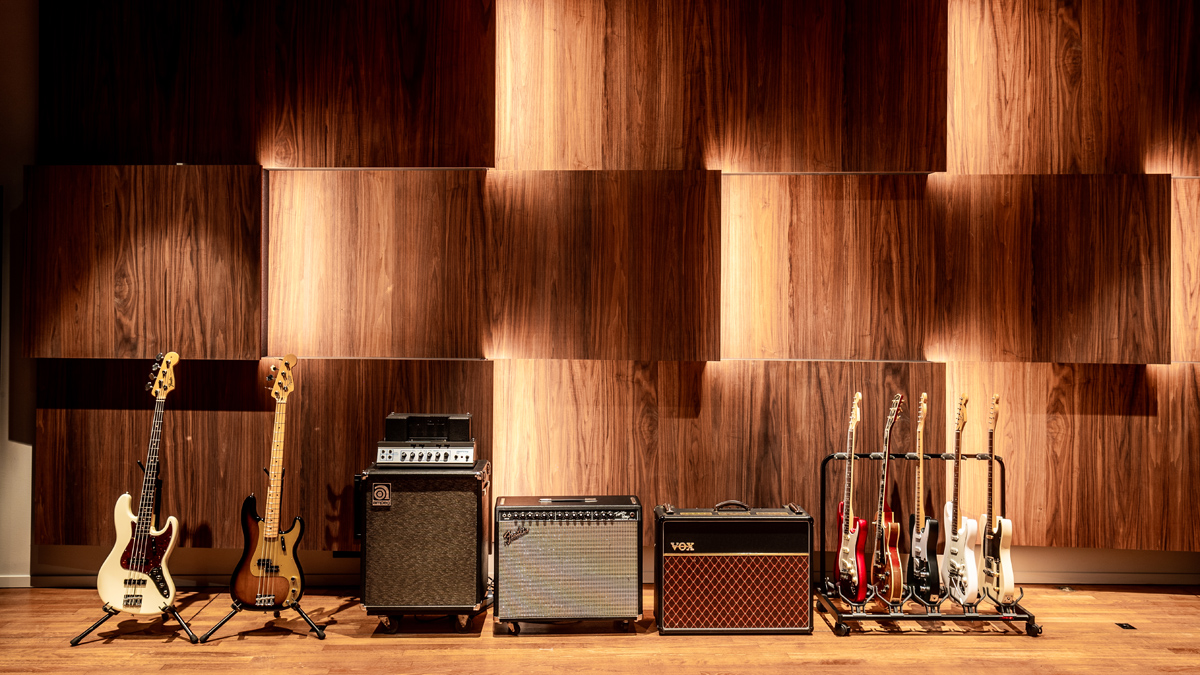
“Martin Garrix then came to the studio and I worked here with him a couple of times which was great fun. He was looking for a studio space and wanted to know if we had any spare rooms he could use. He liked it so much here that he ended up like, 'let's buy the entire place!' And that's what happened!”
Why do you think he ended up buying the whole facility?
“It was a long-term vision. I think Martin's team said to him 'where do you see yourself in a couple of years? Where do you want to be? On stage or in the studio?’ And he said 'I want to be producing more music and maybe broaden my horizons and see if I can produce music for other things, for films, movies, games or whatever. Anything is possible'. And he also wanted a place to bring the LA pop songwriting culture to The Netherlands, like a creative hub where songwriters can meet up and write for artists instead of being focussed in the LA scene.”
You see some successful DJs and producers - they buy expensive cars. Martin doesn't even have a driver's license.
That's quite a mature and potentially risky plan given how studios have been doing…
“I think he just had a vision and was thinking about the future. You see some successful DJs and producers - they buy expensive cars. Martin doesn't even have a driver's license and his biggest love is music and he also wants to stimulate the talent he has signed to his own STMPD RCRDS label. And because of previous experiences, he wanted to start a label that offered a fair deal where the artist came first; a studio where you let your talent work was also part of the idea and he also has ambitions to work on other songs, not just his own projects.”
What was the studio like when he bought it?
“It's funny because when he bought it, the initial plan was to give it a fresh paint job and that was it. It was always a place that had a good vibe so it was OK, but then when you decide to change one thing you decide to change something else and then it was like 'well what kind of work do we want to do here?' and then 'well maybe we should change this and try that?' So it kind of got a little out of hand!”
Did any of the original studios stay intact?
“With Studio 3 we kind of left it in its original shape because for some reason there is some magic going on in that room and everyone likes it. Then there is Studio 1, which is almost exclusively used by Sony artists. There we changed the acoustics because before it was mainly used for TV productions so there was some room for improvement in the low-end absorption, because in electronic music there is a lot of information in the low end.”
And you ended up adding three different rooms?
“These were former storage rooms. There are a lot of people who want to work in a professional environment but it can cost a lot for a studio with a Neve board and all the outboard, and if you don't need it and are perhaps a travelling producer and you need a professional place where you can have some decent monitors and acoustics, you can work in those rooms for a fraction of the price of the other rooms.
“The idea is you bring your own laptop, you plug it in with one cable and you are good. You don't need an engineer to be there all the time so it is much cheaper.”
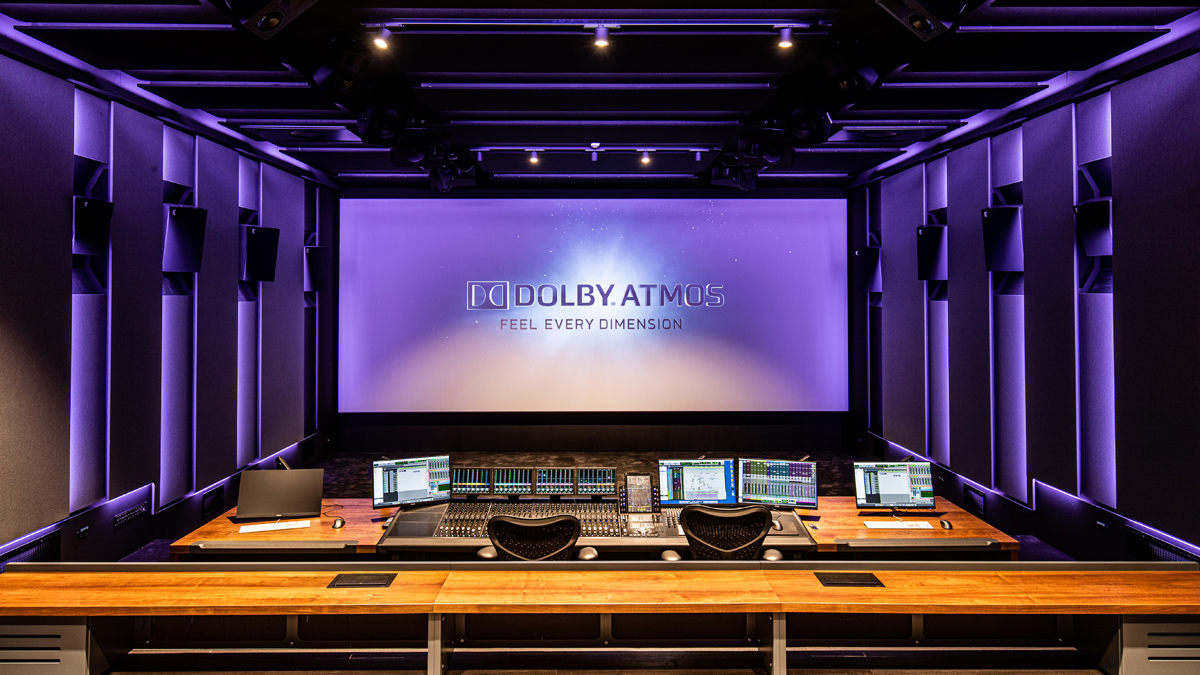
How long did the conversion take and what was the hardest part?
“I think it was two and a half years. The hardest thing was dealing with the construction and still being open at the same time. All the dust gave us nightmares! The most complicated part was the new Dolby dubbing stage which was the hardest to get right because of Dolby's requirements, the construction limits and the logistics of getting all the old stuff out and the new stuff in. There were so many details in the design that we had to think about so it was the most challenging as we wanted the best result but still stay within budget.”
Is that an elephant we can see in Studio 1?
“Yes and we also have a snow leopard. It was Martin's joke from when he was working with this songwriter. He put the snow leopard in his hotel room in the dark so it scared the songwriter when he walked in. Then on Martin's birthday Sony Music gave him the elephant. Then it escalated after that and there are animals everywhere!”
Dare we ask how much the conversion cost?
[Laughs} “Actually I think it is a secret, but I don't know exactly how much anyway!”
Does Martin favour any one room in the complex or does he use them all?
“He used to be in Studio 2 daily, but now spends a lot of time in his home studio. When he is here, though, he likes to use Studio 3 for writing and vocal recording, Studio 4 for guitars and drums and when he's producing or mixing he uses Studio 2.”
How has the studio done in terms of business since it opened?
“I think it was much better than we expected until coronavirus, which is obviously not a good thing so we're not as busy as we have been. Some big artists have been here, though, and Martin has also done The Martin Garrix Show on YouTube here.
“We are also divided between music and post production. With the new Dolby Atmos Premier Studio (Studio 8) we didn't expect to have that many bookings in the first year because films are planned months ahead, but we already have ten films this year, not including trailers and commercials, so it is actually doing pretty well.”
Is the complex all finished now?
“In terms of construction it is finished. In terms of ideas we will never be finished! We are always checking out new software and looking to upgrade the Macs. Things are still hard [because of COVID-19] as lots of artists are not getting an income or are just working on new music, but we are pretty busy with the movie projects. We're doing a big feature - a Second World War movie, and we're doing the ADR and final mix here for that in Dolby Atmos.”
For more information visit the STMPD recording studios website.


Andy has been writing about music production and technology for 30 years having started out on Music Technology magazine back in 1992. He has edited the magazines Future Music, Keyboard Review, MusicTech and Computer Music, which he helped launch back in 1998. He owns way too many synthesizers.










